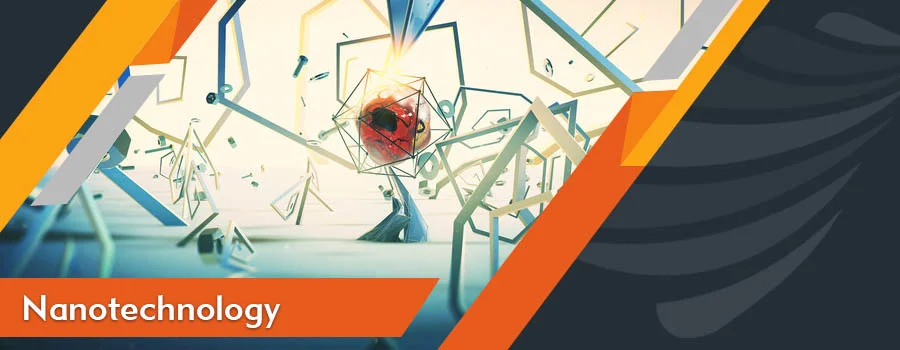Nanotechnology is a branch of study and development that focuses on creating ‘objects’ on the nanoscale, such as materials and electronics. One quadrillionth of a meter is a nanometre, which is tenth times the mass of an anion. The average size of synthetic hair is 80,000 nanometres in diameter. The standard principles of physical science are no longer applicable at such dimensions. However, the pigment, durability, resistivity, and aggressiveness of materials. For example, can change dramatically seen between nanotechnology and the macroscale. Carbon “nanoparticles” are 100 layers solid but just six times as hefty.
The study and supervision of a topic at the nanoscale, where anomalous events suggest novel applications, is known as nanotechnology. Nanotechnology includes photographing, measuring, modelling, and modifying materials at this wavelength range, and it encompasses nanoscale science, engineering, and technology.
At the nanostructures, matter such in fumes, fluid, and particles. It can have significant physicochemical and biological characteristics that differ significantly from aggregates and single compounds.
Future with Nano Technology:
There are countless future possibilities. Nanotechnology potentially makes it feasible to create lighter, sturdier, and configurable components that need less energy to build, reducing waste, and promise improved fuel economy in ground transportation, ships, airplanes, and launch systems. Nanocoating’s for opaque and transparent surfaces might make erosion, abrasion, and radiation impenetrable.
Nanoscale automated, ferroelectric, tribological devices, and systems with unparalleled aspects of information processing, as well as pesticide, photocatalysis, genetic sensors for preservation, universal healthcare, industrial production, the atmosphere, new photovoltaic materials that will enable the manufacturing process of cost-effective solar-energy panels, and cellular composite devices, could all be fabricated. There is significant potential in terms of quality of life, security, wellbeing, and environmental protection.
Simultaneously time, major obstacles must be surmounted in order to reap the benefits of nanotechnology. Individual atoms and tiny groups of atoms must be reliably manipulated and characterized by scientists. To manage the characteristics and structure of materials at the nanoscale, new and improved techniques are required; major advancements in computer simulations of atomic and molecular frameworks are critical to this realm’s knowledge. The next step is to develop toolkits for assembling elementary particles into nanoscale entities, as well as for integrating tiny systems into larger things.
To conclude, nanotechnology goods must not only boost performance while also being less expensive. Moreover, several of the unique features found at the nanoscale will be impossible to utilize without integrating nanoscale items with processes at the micro and macroscopic scale (that is, spanning millionths of a meter up to the millimetre scale).




